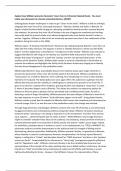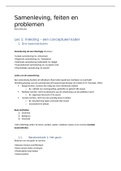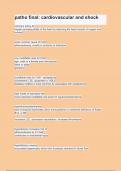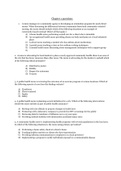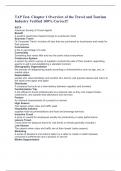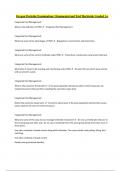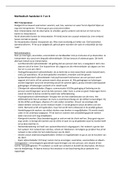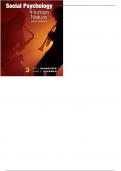Exam (elaborations)
A Grade A-level English lit streetcar essay on characters inner lives with feedback
A grade response to the 2018 Edexcel A-level English literature paper 1 drama question "Explore how Williams presents characters’ inner lives in A Streetcar Named Desire. You must relate your discussion to relevant contextual factors." with feedback from my teacher. Useful for A-level students.
[Show more]
